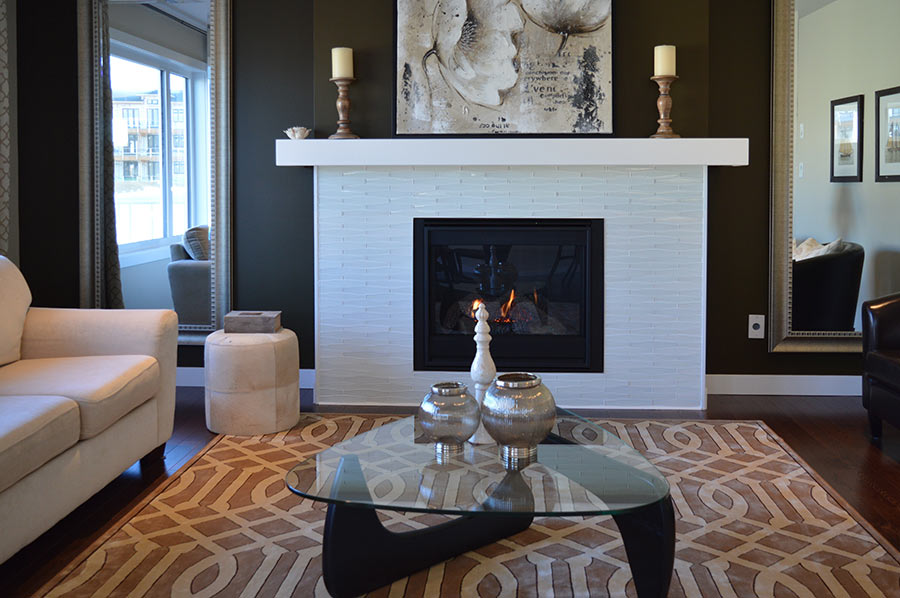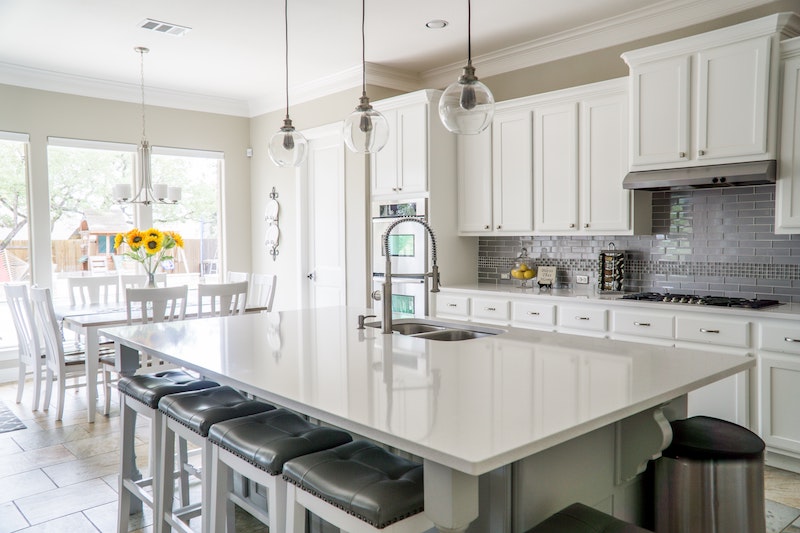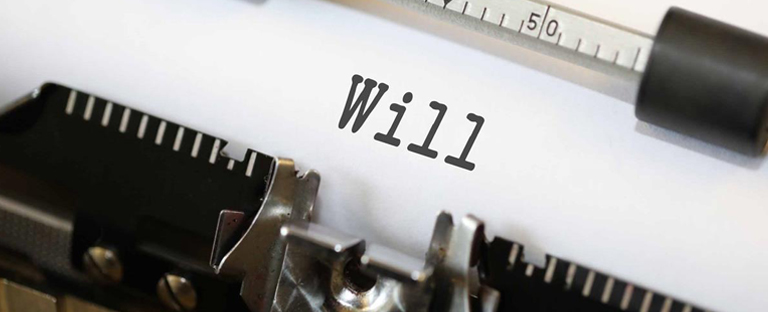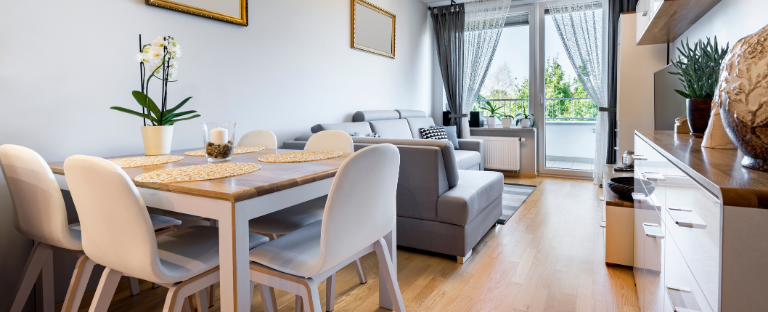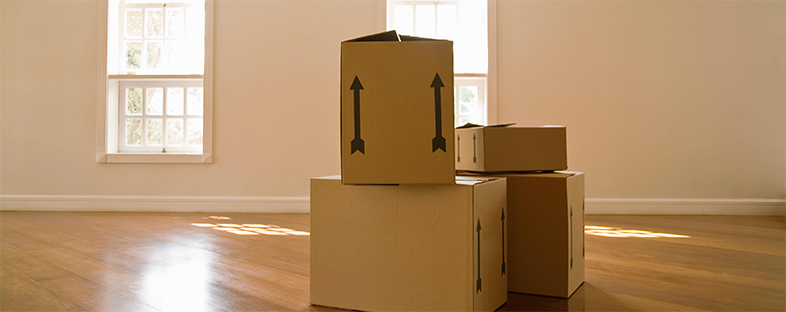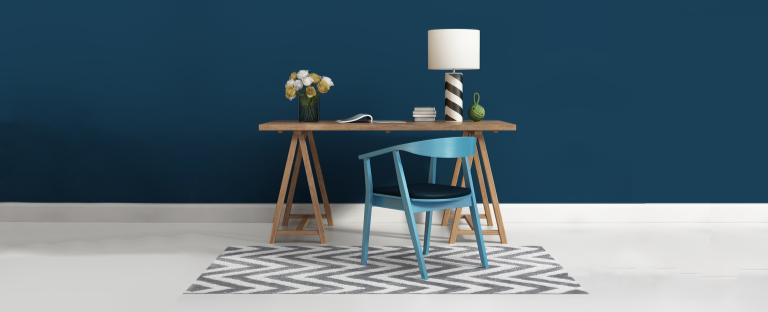
Reducing your Space but not your Lifestyle
Every day, 10,000 people in the US turn 65. And, 40% of homeowners aged 50 to 64 plan to move in the next 5 years. Many are planning to move to a smaller space for a variety of reasons. Many have become empty nester’s and no longer need a large home and others are selling their home for financial benefit. Some are looking for ways to reduce the cost and involvement of up keeping a home. Some just want to simplify their lives. Moving to a smaller home or independent living and assisted living residences will do just that.
Like with any move, senior homeowners need to consider the basic elements of preparing a home for sale and moving such as sorting through a lifetime of possessions, decluttering and packing and unpacking for the move. A move to a downsized home requires some additional thought and preparation and here are just a few of the many things to consider:
COMFORT AND ACCESSIBILITY
While you may not consider how a wheelchair functions in your home when you’re in your 50’s or 60’s and healthy, thinking ahead can truly pay off. The National Association of Home Builders recommends these type of features to make your home more accessible:
- Single-story living, including a bedroom and full bath on the main floor, with no steps up or down between main areas
- Low-maintenance exterior materials, like brick or high-quality siding
- 5’ square circulation and turning space in kitchen, living room, and at least one bedroom and bathroom
- 3’ wide hallways and doors
- A covered entry with minimal steps into the home
- Covered parking with sufficient clearance for a wheelchair
- Minimal thresholds at doorways—flush is best
SORTING
Once you’ve picked out your new home, you’ll need to start planning for the upcoming move. Homeowners preparing to downsize may have accumulated a lifetime of possessions and memories. It’s time to sort through everything and make some decisions.
- Make your kids take their stuff! If your kids have grown and a have a place of their own, it’s time for them to take their possessions or let them go.
- Study the floor plan carefully. Before moving to a smaller home, be sure to obtain a copy of the home’s floor plan. This will help you determine what goes where and what not to bring when you move.
- Keep your favorite and sentimental items. If there isn’t room to take these items with you, consider taking a photo of the item. There are services that can scan an entire bulky photo album, giving you the ability to keep the memories on your computer.
- Gift other great items to your family and friends. It is easier to part with an item, if you know it is going to a good home and to someone you care about.
- Host a garage sale! Items like furniture in good repair, yard equipment, lawn tools, and baby gear are all hot items sure to go quickly.
- Work with a professional auction house or estate sale company for high value items. They will either buy items outright or auction items for you. They’ll do all the work for you, but be aware in advance of the percentage of proceeds that these types of companies will claim.
- Make donations to charitable organizations. It feels good to do good for others, and don’t forget to claim the tax write-off.
- Dispose or recycle anything that isn’t worth bringing with you or selling.
STORAGE
With a little creativity, and storage solutions you may never have thought of, you can maximize your space, even with less square footage.
- Under the bed – This doesn’t mean hiding items under the bed when company comes. Purchase plastic bins made especially for under bed storage. Some even have wheels making them easier to access. If you’re buying a new bed anyway, consider one with built in storage drawers underneath.
- Ottomans – When decorating your living room or entry way, consider an ottoman or a bench that also doubles as a storage bin.
- Bins and baskets – Store belongings inside bins and baskets. It’s an affordable and attractive way to save space when downsizing. They can be placed almost anywhere and help make the home both stylish and organized.
- Drawer organizers – Contain the chaos in your various drawers by adding drawer organizers. These will save you space by allowing you to more efficiently store everything from makeup and toiletries to office supplies and kitchen utensils inside your drawers.
- Wall racks behind doors – Installing hanging wall racks behind doors will help prevent clutter in your closets, pantries and drawers and make it much easier to find everything from your spices to your favorite shoes when you need them.
- Custom closets – If you’re lucky enough to be able to customize your closets, you’ll find that a good closet designer can maximize your storage in ways you’ve never imagined.
GET HELP AND ADVICE FROM AN EXPERT! This is what we do every day at Ready, Set Move Group. Contact us today to learn how we can help you.


